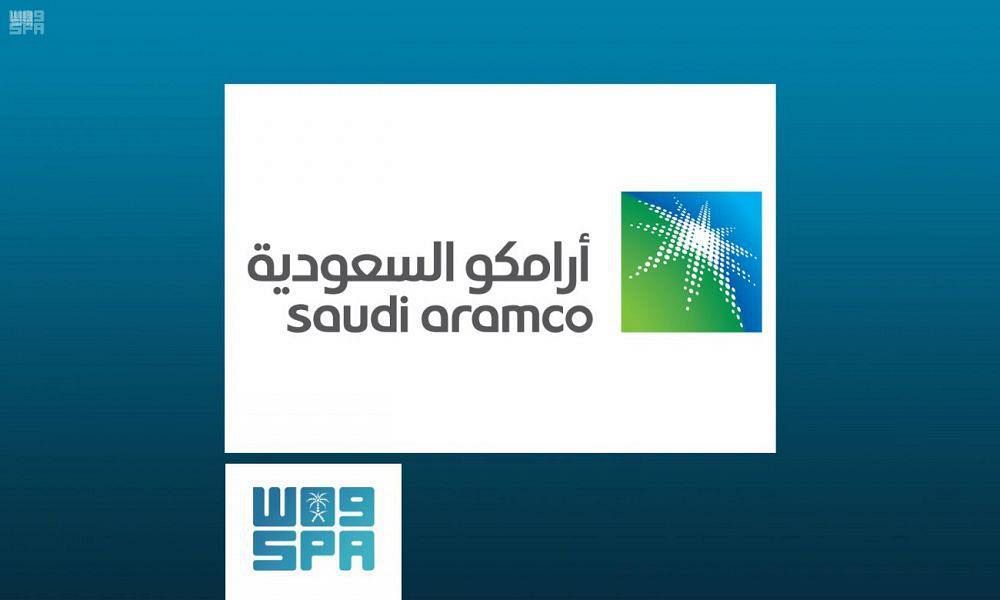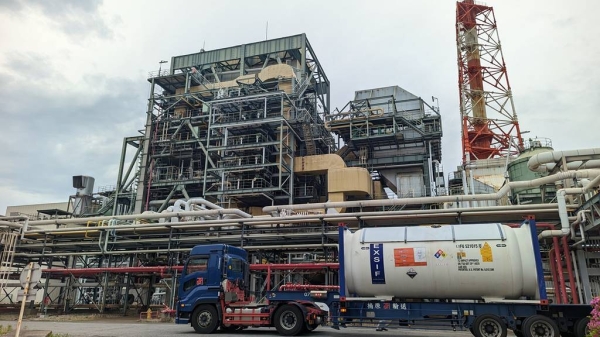
Saudi Arabia delivered on Wednesday the world’s first commercial shipment of certified clean blue ammonia to South Korea.
SABIC Agri-Nutrients and Saudi Aramco sent the shipment to South Korea’s Lotte Fine Chemicals. It is considered a new milestone in the development of carbon neutral solutions since blue ammonia is a low carbon alternative to traditional gray ammonia.
A vessel carrying the 25,000 metric tons of cargo docked in Ulsan after leaving the Kingdom’s King Fahad Industrial Port at Jubail in November.
Saudi Energy Minister Prince Abdulaziz bin Salman said this collaboration between SABIC and Aramco aims to allow the Kingdom to become the world’s largest exporter of clean (blue) hydrogen by 2030.
“The Kingdom maintains large natural gas reserves and ample renewable energy which enable it to produce clean hydrogen at a competitive cost – this can then be converted into ammonia.”
CEO of SABIC Agri-Nutrients Abdulrahman Shamsaddin said: “We are constantly looking for ways to deliver value to our customers by offering low-carbon solutions.”
“Current global industry challenges relating to climate change and greenhouse gas emissions require us to continually accelerate the pace of innovation to further strengthen our sustainability commitment.”
He added that this historic milestone of delivering clean (blue) ammonia to LFC reflects the company’s commitment to always put sustainability and innovation at the core of its business operations.
Kim Yong-seok, CEO of LOTTE Fine Chemical, said that this shipment of clean (blue) ammonia will help lay the foundations for a new era for ammonia.
He stressed that his company will exert more efforts to transfer Korea into a hub for clean energy in Asia.
Earlier this year, SABIC Agri-Nutrients and Aramco obtained the world’s first independent certification of clean blue ammonia and clean blue hydrogen production from TUV Rheinland, a German-bases leading independent testing, inspection and certification agency.
To certify ammonia and hydrogen as clean, a significant part of the CO2 associated with the manufacturing process needs to be captured and utilized in downstream applications.












